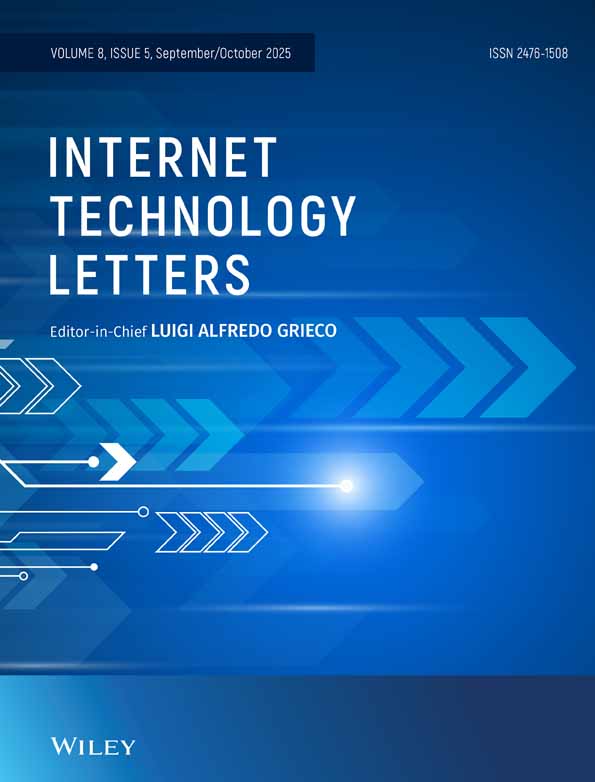The Blockchain for Healthcare 4.0 Apply in Standard Secure Medical Data Processing Architecture
Funding: The authors received no specific funding for this work.
ABSTRACT
Cloud-based Electronic Health Records (EHRs) have seen a substantial increase in usage in recent years, especially for remote patient monitoring. Researchers are interested in investigating the use of Healthcare 4.0 in smart cities. This involves using Internet of Things (IoT) devices and cloud computing to remotely access medical processes. Healthcare 4.0 focuses on the systematic gathering, merging, transmission, sharing, and retention of medical information at regular intervals. Protecting the confidential and private information of patients presents several challenges in terms of thwarting illegal intrusion by hackers. Therefore, it is essential to prioritize the protection of patient medical data that is stored, accessed, and shared on the cloud to avoid unauthorized access or compromise by the authorized components of E-healthcare systems. A multitude of cryptographic methodologies have been devised to offer safe storage, exchange, and access to medical data in cloud service provider (CSP) environments. Traditional methods have not been effective in providing a harmonious integration of the essential components for EHR security solutions, such as efficient computing, verification on the service side, verification on the user side, independence from a trusted third party, and strong security. Recently, there has been a lot of interest in security solutions that are based on blockchain technology. These solutions are highly effective in safeguarding data storage and exchange while using little computational resources. The researchers focused their efforts exclusively on blockchain technology, namely on Bitcoin. The present emphasis has been on the secure management of healthcare records through the utilization of blockchain technology. This study offers a thorough examination of modern blockchain-based methods for protecting medical data, regardless of whether cloud computing is utilized or not. This study utilizes and evaluates several strategies that make use of blockchain. The study presents a comprehensive analysis of research gaps, issues, and a future roadmap that contributes to the progress of new Healthcare 4.0 technologies, as demonstrated by research investigations.
Conflicts of Interest
The authors declare no conflicts of interest.
Open Research
Data Availability Statement
Data sharing not applicable to this article as no datasets were generated or analysed during the current study.




